Heat melts Alps snow and glaciers, triggering water shortage
This happened in mid-August 2023, and could happen again
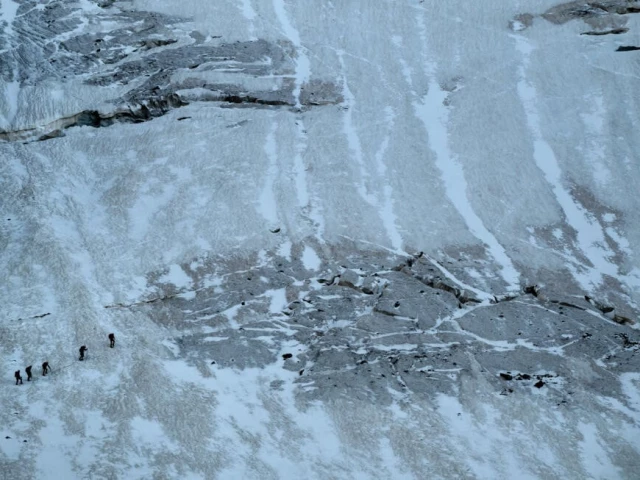
June's heatwave has caused French Alps snow and glaciers to melt faster, causing water shortages at mountain shelters just before the summer tourist hiking season gets into full swing.
"Everything has dried up," said Noemie Dagan, who looks after the Selle refuge, located at an altitude of 2,673 meters (8,769 feet) in the Ecrins, a mountain range overtowered by two majestic peaks.
The snowfield that usually supplies water to her 60-bed chalet already "looks a bit like what we would expect at the end of July or early August", she said.
"We are nearly a month early in terms of the snow's melting."
The mountain refuge, lacking a water tank, relies on water streaming down from the mountain. If it runs out it, the shelter will have to close.
This happened in mid-August 2023, and could happen again.
Dagan's backup solutions to avoid such a scenario include plastic pipes a kilometre long (0.6 mile) -- installed with difficulty -- to collect water from a nearby glacier close to the Pic de la Grave.
But the slopes along which the pipe was laid are steep, unstable and vulnerable to increasingly violent storms ravaging the range.
In the 15 years that she has worked in the sector, Dagan has witnessed "a metamorphosis" of the mountains and glaciers that are "our watertowers", she said.
"We are basically the sentinels who have seen what is coming."
Thomas Boillot, a local mountain guide, said the possibility one day of seeing water supply issues affecting the mountain shelters had "never even crossed our minds".
But such cases have increased "and there will likely be more," he added.
Some snowfields once considered eternal now melt in the summer, precipitation has become scarcer, and glaciers change shape as they melt -- factors that combine to disrupt the water supply for chalets.
Water used to arrive "through gravity" from snow and ice reserves higher up, but it is going to have to be pumped from below in the future, he said.
Scientists say that the impact of climate change is nearly twice as severe in the Alps as it is globally, warning that only remnants of today's glaciers are likely to exist by 2100 -- if they haven't disappeared altogether by then.
This year's weather is also dangerous for the 1,400 glaciers in neighbouring Switzerland, where the authorities report that accumulated snow and ice have melted five to six weeks before the usual time.


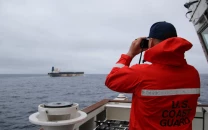


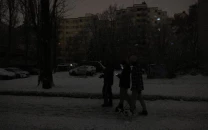

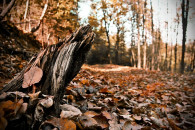


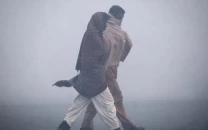










COMMENTS
Comments are moderated and generally will be posted if they are on-topic and not abusive.
For more information, please see our Comments FAQ